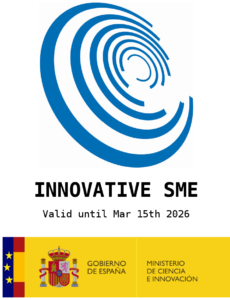Dynamic Resolution of Ion Transfer in Electrochemically Reduced Graphene Oxides Revealed by Electrogravimetric Impedance
Authors: Hamza Goubaa, Freddy Escobar-Teran, Ibtissam Ressam, Wanli Gao, Abdelkrim el Kadib, Ivan T. Lucas, Mustapha Raihane, Mohammed Lahcini, Hubert Perrot, Ozlem Sel. Sorbonne Université, UPMC, Univ Paris 06, CNRS, France. Laboratoire Interfaces et Systèmes Électroquimiques; Université Cadi Ayyad, Faculté des Sciences et Techniques, Laboratoire de Chimie Organométallique et Macromoléculaire Matériaux composites, Marrakech, Morocco.
Journal: The Journal of Physical Chemistry (2017)
To accompany the search for optimal materials in electrochemical supercapacitors, appropriate characterization tools to assess key parameters of newly developed electrodes are required. Here we demonstrate the capabilities of ac-mode electrogravimetry to study in details the capacitive charge storage mechanisms in electrochemically reduced graphene oxide (ERGO) thin films electrodes. The coupling of electrochemical impedance spectroscopy (EIS) with fast quartz crystal microbalance (QCM) complements classical electrochemical quartz crystal microbalance (EQCM) by capturing here the dynamics of the electroadsorption process, identifying charged moieties and detecting solvation effects. We evidenced the co-electroadsorption of two types of cationic species (fully and partially hydrated cations) in the potential range studied and the indirect intervention of free solvent molecules. Further kinetic information on electroadsorption is also obtained which leads to a full deconvolution of the global EQCM response at both gravimetric and temporal level. Through a fine analysis of the interactions of different cations of period one elements, Li+, Na+ and K+ with ERGO, we evidenced the critical role of solvation processes on the kinetics of electroadsorption, and provided an experimental proof to the phenomena that smaller ions are more tightly bound to their water molecules such that an inverse relationship exists between the dehydration energy and the ion size. Such gravimetric and dynamic subleties are unreachable with classical tools and with EQCM method alone which permits us to suggest the ac-mode electrogravimetry as a baseline diagnostic tool to explore charge transfer mechanisms at the nanoscale.



